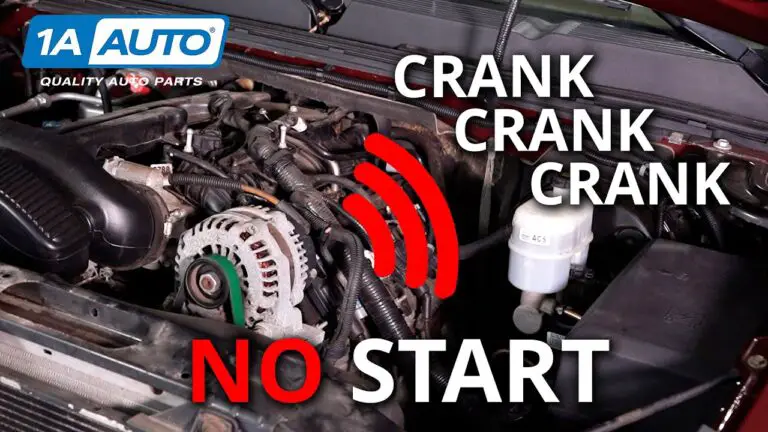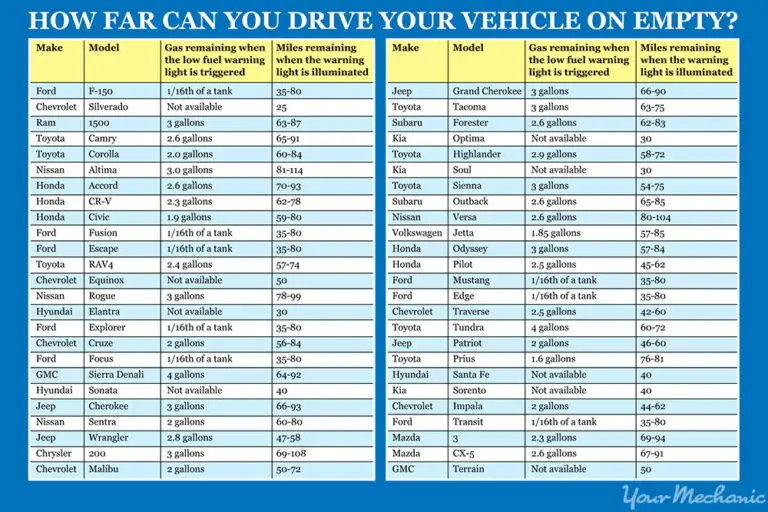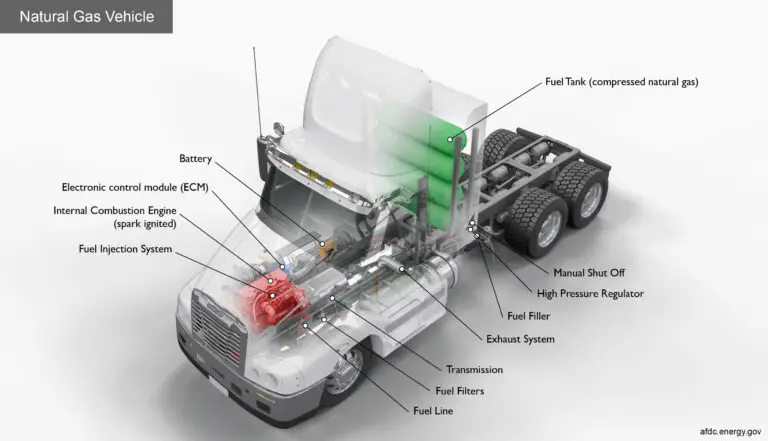
Def, or Diesel Exhaust Fluid, started being used in semi trucks around 2010 to comply with stringent emission regulations and reduce harmful pollutants emitted from diesel engines. This innovative solution is a vital component in selective catalytic reduction (SCR) systems, enabling trucks to meet environmental standards and operate more sustainably.
The integration of DEF in semi trucks represents a significant advancement in green technology within the transportation industry, supporting cleaner air and a healthier environment for all. Its introduction also highlights the ongoing commitment of truck manufacturers and operators to proactively address environmental concerns and embrace eco-friendly practices in their operations.
As a result, DEF has become an essential element in the modern semi truck’s emissions control strategy, contributing to a more sustainable future for the transportation sector while maintaining optimal engine performance.
Navigate As You Want: [show]
The Evolution Of Semi Trucks
Semi trucks have come a long way, especially in terms of emission control. DEF (Diesel Exhaust Fluid) was introduced as a great solution to reduce harmful emissions in semi trucks, significantly reducing environmental impact.
Early Beginnings
In the early days, semi trucks were predominantly used for short-distance hauling. These early versions of semi trucks were basic and had limited horsepower, with top speeds around 5 to 10 miles per hour. The design and technology were quite simple, consisting of a basic chassis and a large carriage to transport goods.
Advancements In Technology
As time went on, technological advancements started shaping the development of semi trucks. The introduction of more powerful engines allowed for increased speed and efficiency, making long-distance transportation a viable option.
The evolution of semi trucks continued with improvements in aerodynamics, fuel efficiency, and safety features. Modern semi trucks now have sleeker designs to reduce wind resistance, maximizing fuel efficiency and reducing costs for trucking companies. Advanced safety systems, such as collision avoidance technologies and stability control, have also been implemented to enhance driver safety and reduce accidents on the road.
Credit: www.internationalusedtrucks.com
Introduction Of Diesel Engines
Diesel engines made their debut in semi trucks as early as the 1920s. The introduction of diesel engines in these trucks revolutionized the transportation industry with their efficiency and power.
Sure, please share the blog post title and the subheadings for the content. Once I have that information, I will be able to assist you.The Development Of Def
The Need for Emissions Control: In response to the growing concerns over air pollution, emission regulations for diesel engines became more stringent, driving the need for effective emissions control technology.
The Introduction of DEF in Semi Trucks: Diesel Exhaust Fluid (DEF) was introduced as a solution to reduce harmful emissions from diesel engines. It is a liquid that is injected into the exhaust stream of diesel engines to break down nitrogen oxides into harmless nitrogen and water.

Credit: www.amazon.com
The Impact Of Def In Semi Trucks
Diesel Exhaust Fluid (DEF) has had a significant impact on reducing emissions in semi trucks. By requiring the use of DEF in newer models, regulations have enforced the reduction of harmful pollutants. DEF contains a mixture of purified water and urea, which converts harmful nitrogen oxides into harmless nitrogen and water vapor. This process improves air quality, making semi trucks more environmentally friendly.
Additionally, DEF has also led to improved fuel efficiency in semi trucks. The injection of DEF into the exhaust stream helps to cool down the combustion process, reducing the amount of fuel burned. This not only decreases emissions but also results in lower fuel consumption. As a result, many trucking companies have adopted DEF usage to not only meet regulatory requirements but also to save on fuel costs.
In conclusion, DEF has proven to be a game-changer in the trucking industry. It has effectively reduced emissions and improved fuel efficiency in semi trucks, making them more sustainable and cost-effective for businesses.

Credit: twitter.com
Frequently Asked Questions For When Did Def Start In Semi Trucks
When Did Def Start Being Used In Semi Trucks?
DEF, or Diesel Exhaust Fluid, started being used in semi trucks in 2010. It is a mixture of urea and water that is sprayed into the exhaust system to reduce harmful emissions and meet environmental regulations.
How Does Def Help Reduce Emissions In Semi Trucks?
DEF helps reduce emissions in semi trucks by converting harmful nitrogen oxides (NOx) into nitrogen and water vapor through a process called selective catalytic reduction (SCR). The introduction of DEF into the exhaust system enables the SCR catalyst to effectively break down pollutants and significantly reduce emissions.
Is Def Usage Mandatory For All Semi Trucks?
Yes, DEF usage is mandatory for all semi trucks manufactured after 2010. It is required to meet the Environmental Protection Agency’s (EPA) emission standards, which aim to reduce harmful pollutants from diesel engines and improve air quality.
Where Can I Purchase Def For My Semi Truck?
DEF can be purchased at most truck stops, automotive supply stores, and some retailers. It is also available for delivery through various suppliers. Be sure to check the proper handling and storage guidelines for DEF to maintain its quality and effectiveness.
Conclusion
To sum it up, the use of diesel exhaust fluid (DEF) in semi trucks has become a necessity in recent years. As environmental regulations tighten, DEF has proven to be an effective solution in reducing harmful emissions and improving air quality.
From its introduction in 2010, DEF has become an integral part of modern truck engines, ensuring compliance with emission standards. The importance of DEF usage in semi trucks cannot be understated, as it not only benefits the environment but also the longevity and performance of the vehicles.





